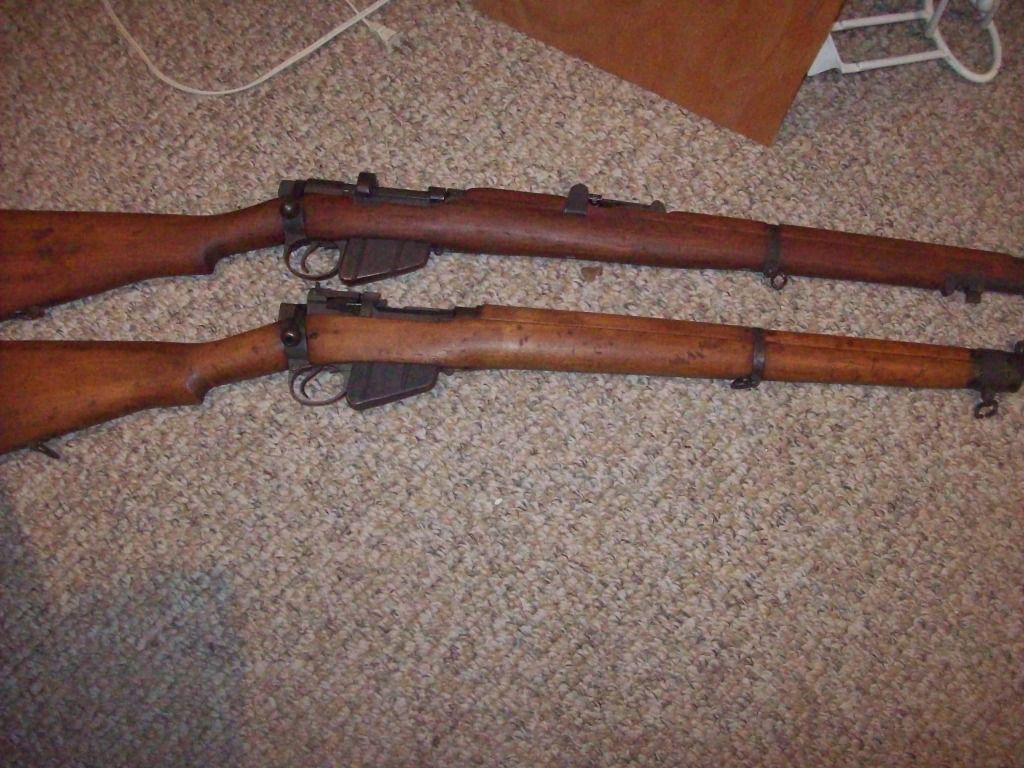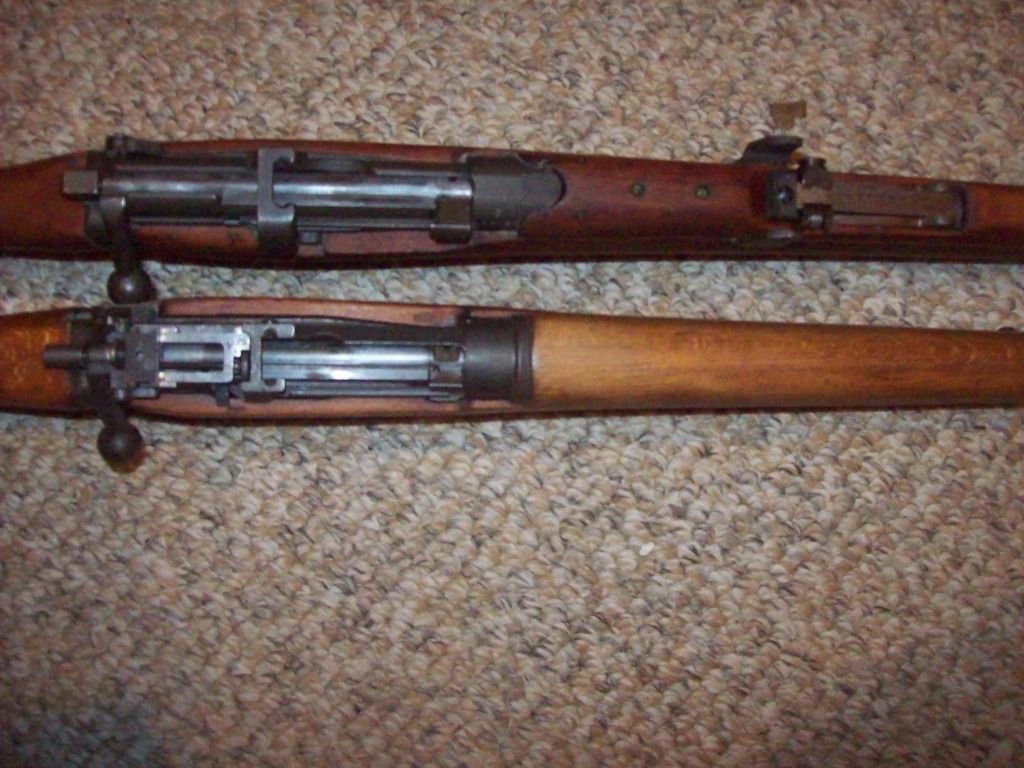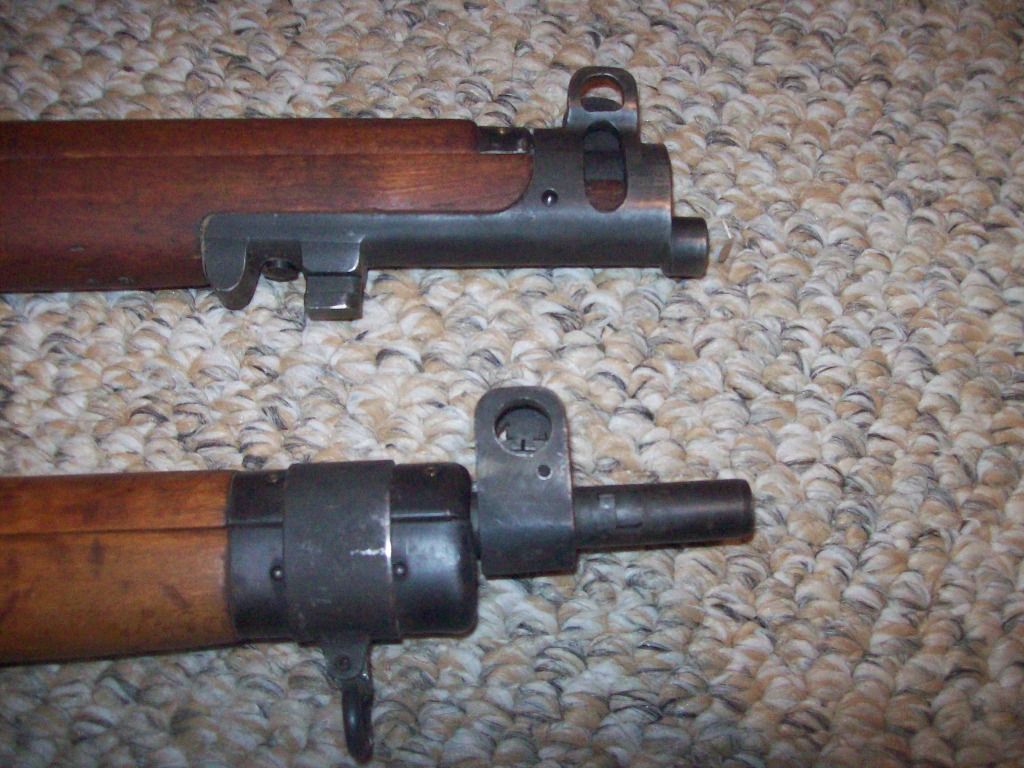I've picked up a British Enfield No4 from the 50's, awesome rifle, like new - there is only one annoying problem: it doesn't eject empty brass and I have to manually remove it after each shot.
Turns out the ejector screw is missing.
So I ordered two No4 ejector screws from a surplus shop -turns out they don't fit, the screws I ordered have a different thread.
So now my question is : Do the post-war No4 Enfields use different extractors screws? Did the seller send me No3 screws?
I'm not very experienced with British rifles so I'm at a total loss right now.
Can anyone post a pic of No4 ejector screws?
This is the screw that won't fit.

Uploaded with ImageShack.us
Turns out the ejector screw is missing.
So I ordered two No4 ejector screws from a surplus shop -turns out they don't fit, the screws I ordered have a different thread.
So now my question is : Do the post-war No4 Enfields use different extractors screws? Did the seller send me No3 screws?
I'm not very experienced with British rifles so I'm at a total loss right now.
Can anyone post a pic of No4 ejector screws?
This is the screw that won't fit.

Uploaded with ImageShack.us
Last edited:





